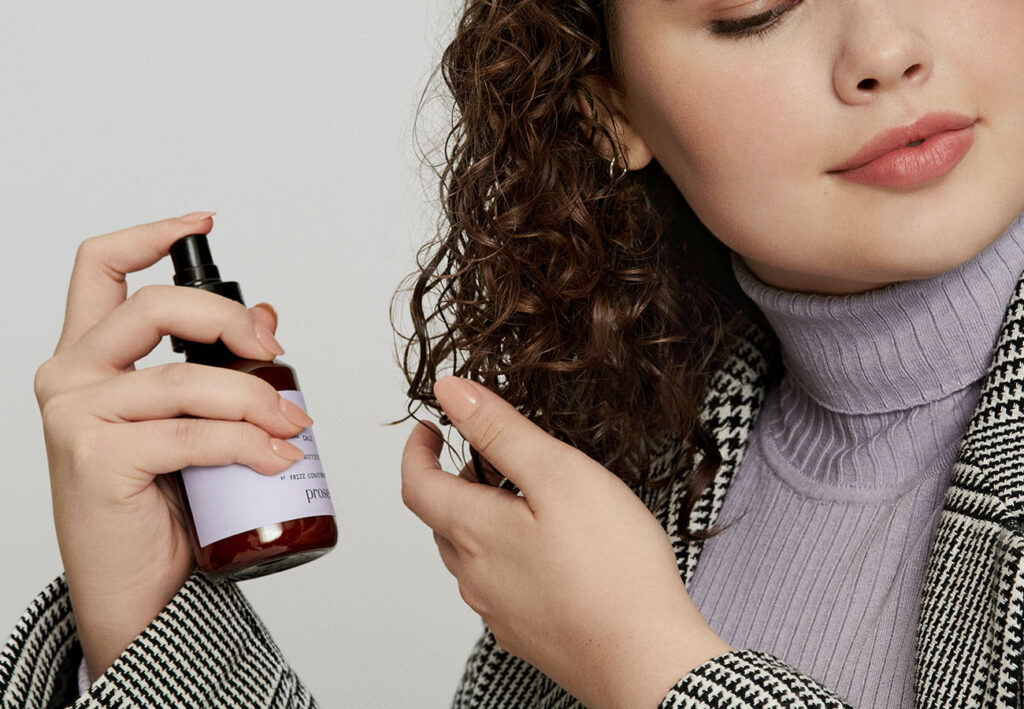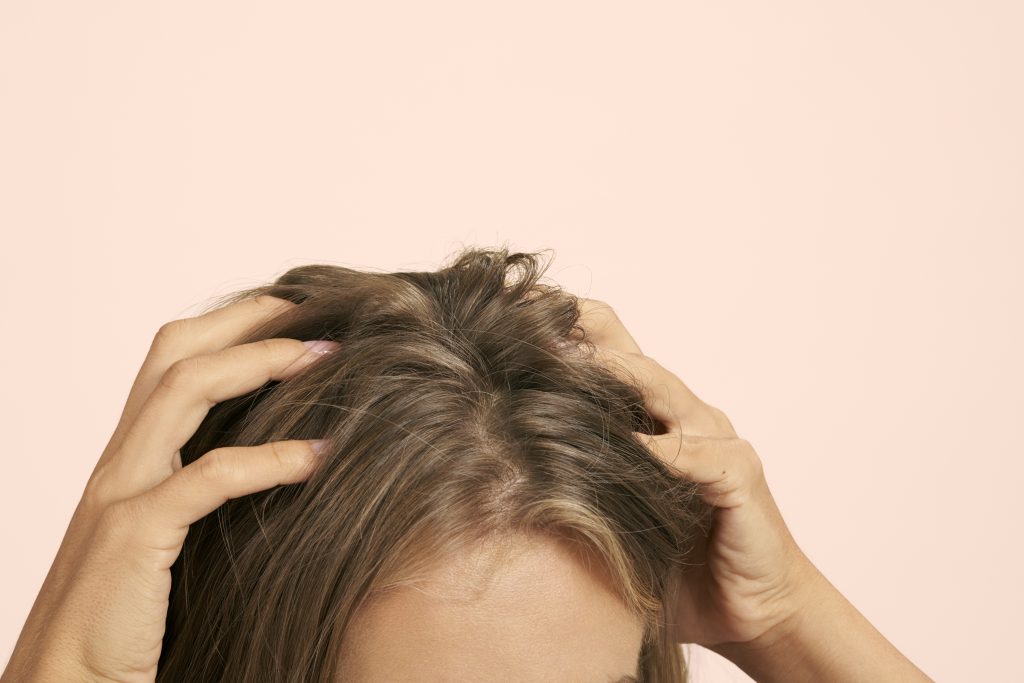1. Visit a professional stylist every six to eight weeks
Aside from getting a haircut for general upkeep, a stylist is the best person to safely and properly take out any bulk—and that’s why this tip is firmly in the top spot on this list.
Symons says that this person will know the best technique for your specific hair length and texture, since the method will vary from one person to the next. They’ll possibly do what’s called slide cutting (where they cut graduated lengths of hair by sliding down wet strands with partially opened scissors), or point cutting with a basic shear (to help layer and graduate the ends), as well as razor cutting (a layering technique using a straight, toothy razor).
“One caution is to not thin out the hair too much,” he warns. “It’s always best to see how the hair grows out and then take it from there with your stylist. Typically, you can feel the bulk creeping in every six weeks after a fresh start, particularly with thicker or coarser hair types,” Symons says. Length plays less of a role in bulk accumulation than hair texture does, he adds.
2. Shorter styles, proceed with caution
Speaking of length, there are some rules that people with shorter styles should follow, since layering techniques often play a bigger role in how a short style looks (as opposed to how it feels or cooperates).
“If the hair is a classic bob shape or slightly above shoulder length, then don’t go too crazy thinning it out,” Symons says. “If the hair is a short pixie, then that’s different, as sometimes you can feel the hair getting bulky during the growth [and need routine layerings]. This is especially common with men’s hair.”
3. With styling products, less is more
To style long, naturally thick hair, Symons recommends creams, serums, heat protectants, and leave-in conditioners (including curl creams), all of which promote or preserve moisture—and in turn prevent poofing and frizzing, too. Moreover, they do so without adding bulk. All of that comes with one major footnote from Symons: “Less product is more.” If you add too much, then you will get bulk, or hair that is greasy, weighed down, and untenable.
As for products to avoid, Symons flags “anything sticky like gel or mousse for an everyday look, as that can be too hard to style unless you really want a lot of body on the top of the head.”
4. Condition, constantly
Conditioners and masks are your most trusted hair care products on this quest for less bulk, Symons notes. “If the hair is thick, you want to use a moisturizing hair mask or conditioner. If the hair is medium texture and you don’t want to weigh it down, then use a lighter protein-based conditioner.” Couple that with styling products that actively nourish hair (from the roster of options in the previous tip, most notably leave-in conditioner/curl cream for curls), and you’ll create a full-force hydrating and smoothing attack against unwanted bulk.
5. Wash your hair less
“Don’t wash too often,” Symons says. You can ensure this by using less styling product, per tip number three, which will create less demand for a full reset. Aim for every few days (or more, if you can). On those in-between wash days, your go-to is a dry shampoo or dry texture spray, “to help control the hair for next-day dry styling.”
6. Concentrate styling with low heat
If you prefer a blow dry, then use a concentrator nozzle on the blow dryer for control, Symons says. “Always section off your hair when you blow dry and use the low fan setting on the dryer so you can concentrate with the brush on the section you are drying.” Regardless of the low heat, however, make sure you’ve coated strands with heat protectant, so that it can coat the cuticles, to prevent dehydration, damage, and frizzing.
Wrap up
Take these six professional tips on how to thin out hair and use them to get rid of any unwanted bulk you may be experiencing. For nourishing and moisturizing products that are essential to hair health, try Prose custom haircare here. The in-depth consultation takes many factors into account (including hair thickness) when creating your custom formula.






